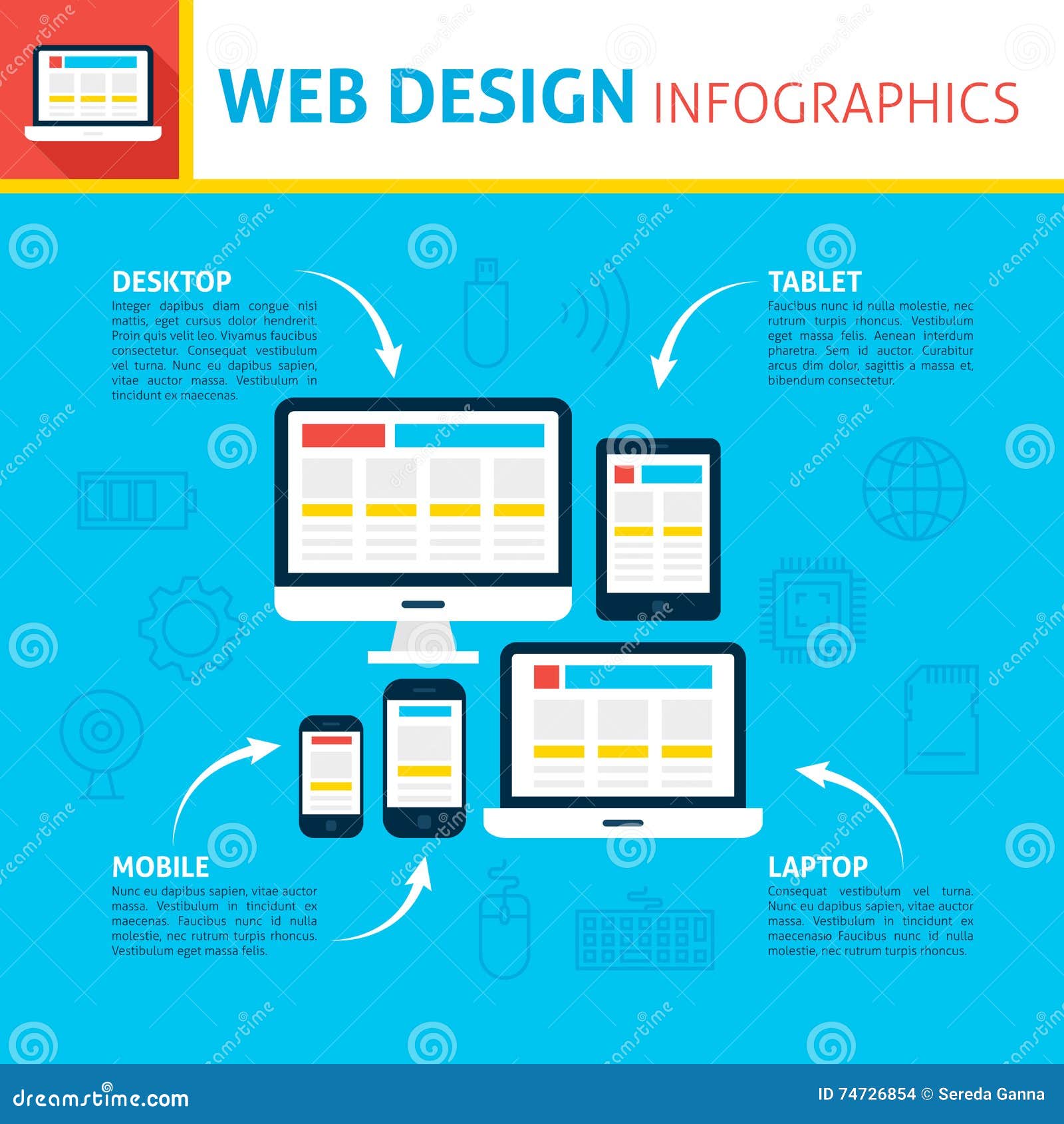Necessary Site Layout Tips: Exactly How To Create A Website That Focuses On User Experience
Necessary Site Layout Tips: Exactly How To Create A Website That Focuses On User Experience
Blog Article
Web Content Produce By-Le Bak
When it comes to website design, making certain user-friendliness is crucial. From Digital Marketing Agency Quora to structured navigation, every component plays a crucial duty in producing a site that deals with your target market's requirements. But what about the better information that can make or damage an individual's searching experience? Remain tuned as we reveal some often-overlooked suggestions that can boost your web site's use to the next degree, making it genuinely stand apart in the digital landscape.
Relevance of Responsive Layout
Responsive layout is an important aspect of modern internet site development. Ensuring your web site is receptive means that it can adapt to different screen dimensions and tools, supplying a seamless experience for customers.
With the enhancing use of smartphones and tablet computers to access the web, having a receptive layout is essential for getting to a broader target market. It helps in improving individual experience by making your internet site easy to browse and read on any tool.
In addition, receptive design can favorably influence your internet search engine rankings, as search engines like Google focus on mobile-friendly websites. By having a responsive design, you're additionally future-proofing your internet site, as brand-new gadgets with varying screen dimensions continue to emerge.
Simplify Navigation Structure
To boost user experience and assist in very easy accessibility to information on your internet site, improving the navigating framework is paramount. When creating your site, focus on creating a clear and instinctive navigation food selection that helps site visitors discover what they're searching for rapidly.
Restriction the number of menu items to the fundamentals, organizing related web pages together to avoid frustrating individuals. Usage descriptive labels that clearly show the material of each page, making it much easier for customers to recognize where each link will take them.
Think about executing dropdown menus for subcategories to avoid cluttering the major navigation bar. Additionally, consist of a search bar plainly on the page for users that choose searching for certain information.
Focus on mobile responsiveness in your navigation style to guarantee easy accessibility on all devices.
Optimize Page Lots Speed
Improving page lots rate is essential for maintaining site visitors on your site. Slow-loading web pages annoy individuals and can result in high bounce rates. To enhance web page load speed, beginning by enhancing photos. Press pictures without jeopardizing high quality to reduce their file dimensions.
In addition, make it possible for web browser caching to keep regularly accessed resources locally, quickening load times for returning visitors. Minify CSS, JavaScript, and HTML files by eliminating unnecessary personalities, comments, and formatting, enhancing load speed.
Think about using a material delivery network (CDN) to disperse your site's content across numerous servers worldwide, decreasing latency for users accessing your site from different areas. Finally, limit using third-party scripts and plugins, as they can considerably impact tons times.
Verdict
Finally, by including responsive layout, simplifying navigating, and maximizing web page load rate, you can develop an user-friendly internet site that interest a bigger audience and boosts user experience. These essential elements ensure that site visitors can quickly accessibility and navigate your website throughout different devices, bring about boosted interaction and satisfaction. By concentrating on these crucial aspects, you can develop a successful internet site that keeps users returning for more.
